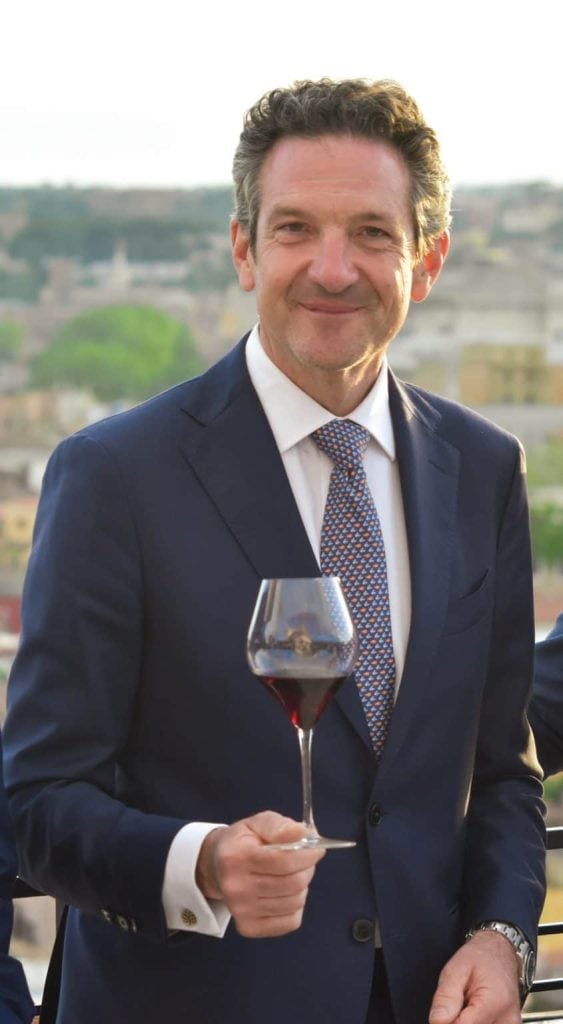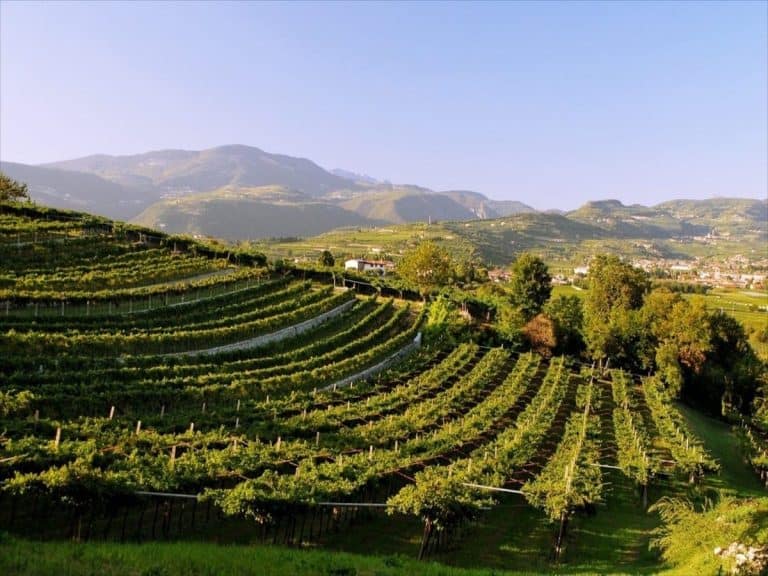by Divina Vitale
Valpolicella will have its subzones. From initial skepticism, which even involved the Consortium, the process has finally been set in motion, confirmed by the president of the protection body, Christian Marchesini. "We are working in this direction at the behest of the Council," Marchesini told Gambero Rosso. "There are many steps to go through and many evaluations to be made, especially concerning the valleys with in-depth studies, including ideographic surveys, to define them well, entrusted to pedologist Giuseppe Benciolini. There will be 11 in total, and there will be production restrictions, but it’s premature to discuss them now." Among these will surely be Illasi, Valpantena, Val di Mezzane, Val Squaranto, Avesa Quinzano, and Negrar. They will encompass all denominations of origin: Amarone, Recioto, Valpolicella, Valpolicella Superiore, and Ripasso.

Dialogue with the Val di Mezzane association
The Consortium has also accepted the request from several voices of winemakers, such as those from the Val di Mezzane association, which was formed just last February, fighting for this objective, urging the zoning project, and thus defining the different areas (including Val di Mezzane) based on criteria reflecting the territory’s morphology, different climates, and soils.
Even the Master of Wine and Vice President of the Consortium, Andrea Lonardi, spoke favorably on the topic. "This is a very important job in line with the desire to enhance the territory and current trends. The concept of the Valleys makes Valpolicella unique. The characteristics from valley to valley differ due to geological origins and proximity or not to the Lessini Mountains, for example. It’s not a matter of qualitative identification, better or worse among them, but of belonging. Pedogenesis is also very important. The value of this work," he concludes, "lies precisely in the specific identification, understanding the element of differentiation and uniqueness. A bit like the Pievi in Montepulciano, if you will."


 Wine promotion, vineyard uprooting, and support for dealcoholised wines: the European Commission's historic compromise on viticulture
Wine promotion, vineyard uprooting, and support for dealcoholised wines: the European Commission's historic compromise on viticulture A small Sicilian farmer with 40 cows wins silver at the World Cheese Awards
A small Sicilian farmer with 40 cows wins silver at the World Cheese Awards Women are the best sommeliers. Here are the scientific studies
Women are the best sommeliers. Here are the scientific studies Where to eat at a farm stay in Sicily: the best addresses in the Provinces of Trapani, Palermo, and Agrigento
Where to eat at a farm stay in Sicily: the best addresses in the Provinces of Trapani, Palermo, and Agrigento Wine in cans, bottle-fermented, and alcohol free: the unstoppable change in Gen Z’s tastes
Wine in cans, bottle-fermented, and alcohol free: the unstoppable change in Gen Z’s tastes







